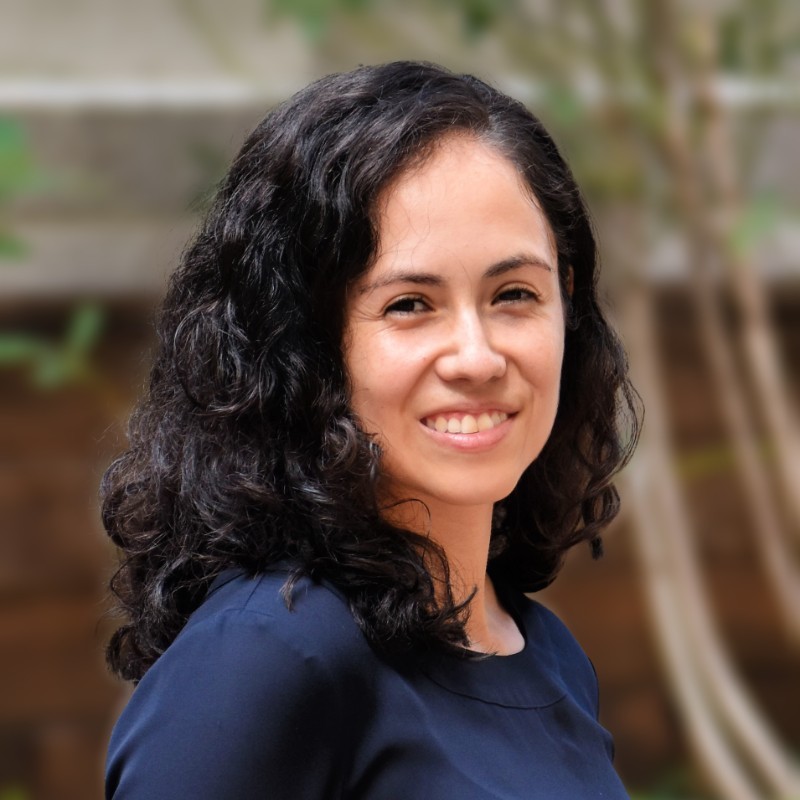
Karina Pineda
Karina Pineda is a consultant at McKinley Advisors and a former policy research analyst at the American Council on Education.
Learn more about Karina Pineda
Karina Pineda is a consultant at McKinley Advisors and a former policy research analyst at the American Council on Education.
Learn more about Karina Pineda